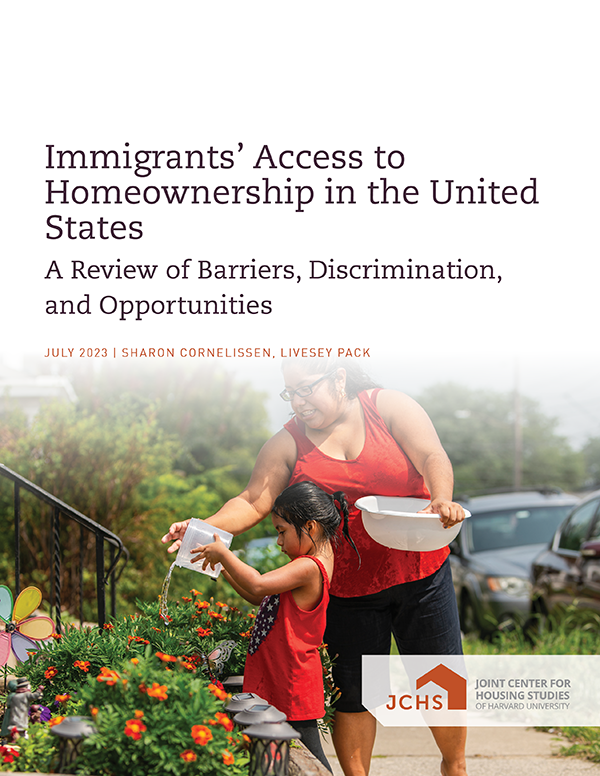Immigrants’ Access to Homeownership in the United States: A Review of Barriers, Discrimination, and Opportunities
The United States foreign-born population has quadrupled since the 1960s. In 2021, one in seven US households were headed by a foreign-born resident. Around half of these foreign-born residents have naturalized as citizens. Foreign-born residents comprise a growing share of the United States housing market: research projects that foreign-born households will become the primary source of new housing demand by 2040. This literature review synthesizes previous research on the key barriers to and strengths of immigrants in becoming homeowners. The review proceeds in four sections. First, we discuss what unique barriers impact immigrants’ ability to become homeowners, including legal status, settlement locations, duration of residence, employment opportunities, and banking and financing access. Second, we offer an in-depth discussion of how the Fair Housing Act applies to immigrants and identify how and where discrimination may happen in immigrants’ homebuying journeys. Third, we discuss distinct strengths of immigrant groups in gaining homeownership, including innovative ways that they navigate financial and discriminatory barriers, such as using alternative credit sources, relying on co-ethnic birth networks, and pooling resources with extended family to buy a home. In conclusion, we offer recommendations for future research and articulate policy recommendations that could help redress homeownership gaps faced by immigrants.

